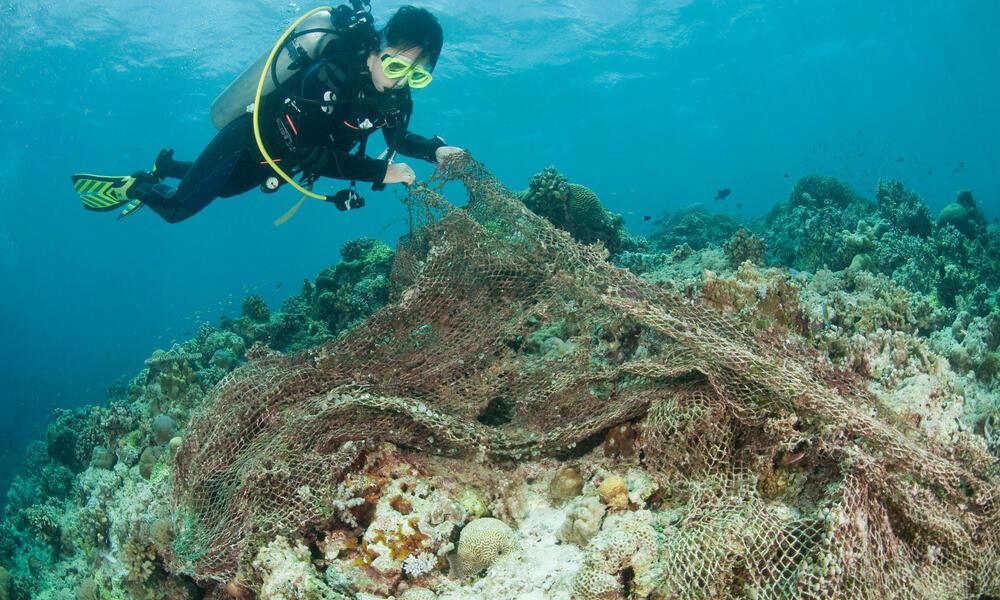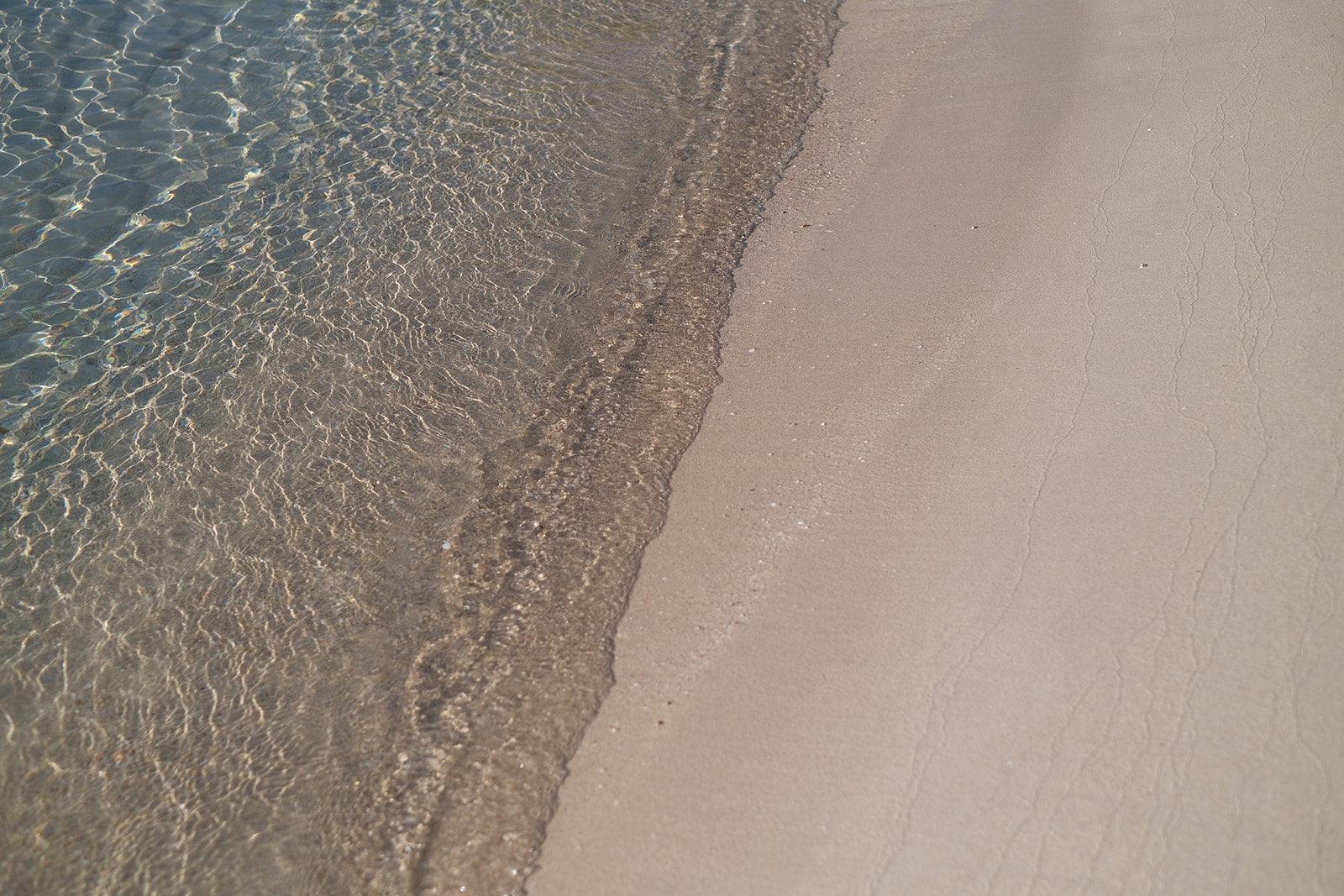Lost nets are invisible waste products that do a great deal of damage to the ecosystems of the Mediterranean Sea. In response, a number of associations have been set up and projects are emerging to recycle this waste as effectively as possible.
Waving in the water with the currents, they roam the oceans. Invisible on the surface, these lost nets, more commonly known as "ghost nets", can spread out over dozens of metres on the seabed.
They act like traps and continue to catch marine species. This problem emerged in the 1960s, when fishermen replaced natural fibre nets with nylon, or plastic. This material is more resistant and more durable over time.
"A real scourge for the oceans".
Every year, many nets are unintentionally lost in the seas. There are several possible reasons for these accidents. "Nets can get caught on artificial reefs and fishermen are unable to haul them in. They can also be lost in storms or damaged and cut at the surface by other boats that don't see them or don't know the signs," explains Pablo Liger, project manager for Palana, which aims to preserve marine ecosystems.
This association of divers, based in Aix-en-Provence, was set up in 2016 after discovering the extent of the damage caused by the nets during their outings at sea. Today, they work throughout the Provence-Alpes-Côte d'Azur region to recover these lost nets, which Pablo Liger describes as "a real scourge on the oceans".
According to 2018 figures from the European Commission, "abandoned, lost or discarded fishing gear accounts for around 27% of marine litter in Europe", or the equivalent of 11,000 tonnes of plastic a year. On a global scale, 10% of marine pollution is said to be caused by abandoned nets.



Leave a comment
This site is protected by hCaptcha and the hCaptcha Privacy Policy and Terms of Service apply.